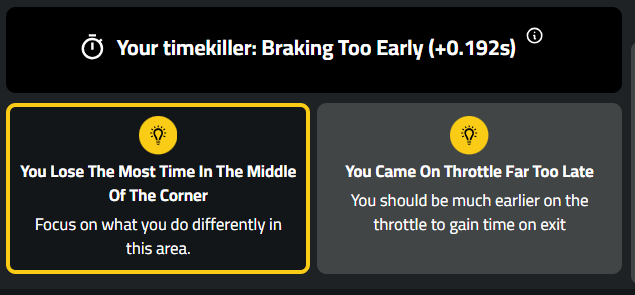Suzuka Track Guide
Suzuka Circuit stands as one of the most iconic and challenging tracks in the world of motorsport. Nestled in the Mie Prefecture of Japan, this circuit is renowned for its unique figure-eight layout and demanding corners that test both the skill of the driver and the capabilities of the vehicle. From its infamous Esses to the high-speed 130R, Suzuka offers a thrilling experience for drivers and spectators alike. In this comprehensive guide, we delve into the characteristics of the Suzuka Circuit, how different cars react to its challenges, and provide essential tips for mastering this legendary track.
Characteristics of Suzuka Circuit:
Figure-Eight Layout: One of the defining features of Suzuka is its figure-eight configuration, where the track crosses over itself, adding a distinctive challenge for drivers.
Technical Corners: Suzuka is home to a variety of technical corners, including the famous Esses (Turns 3-7), the Degner Curves (Turns 8 and 9), and the Spoon Curve (Turns 13 and 14). These sections demand precision, balance, and quick reflexes from drivers.
High-Speed Straights: Despite its technical sections, Suzuka also features long straights, such as the back straight leading into the hairpin at Turn 11, allowing for opportunities to overtake and reach top speeds.
Elevation Changes: The Suzuka Circuit is not flat; it features significant elevation changes throughout the track, adding complexity to cornering and braking points.
How Different Cars React to Suzuka:
Formula 1 Cars: Formula 1 cars excel on high-speed circuits like Suzuka due to their advanced aerodynamics and power-to-weight ratio. These cars can navigate the demanding corners with precision and achieve blistering speeds on the straights.
GT Cars: GT cars, such as those found in the Super GT series, also perform well at Suzuka. Their balance of power and downforce allows them to tackle the technical sections while maintaining high speeds on the straights.
Touring Cars: Touring cars face a unique challenge at Suzuka due to their heavier weight and less advanced aerodynamics compared to open-wheel or GT cars. Drivers must focus on managing weight transfer and maximising traction through the corners.
General Tips for Driving Suzuka:
Study the Track: Familiarise yourself with the layout of Suzuka by studying track maps and watching onboard videos. Pay close attention to braking points, apexes, and the racing line through each corner.
Master the Esses: The Esses (Turns 3-7) require precise steering inputs and smooth throttle control. Focus on maintaining a flowing line through this sequence to carry as much speed as possible onto the following straight.
Brake Early for 130R: 130R is one of the fastest corners in Formula 1, requiring drivers to carry maximum speed through a sweeping left-hander. Brake early and gradually release the brakes while carrying speed through the corner.
Nail the Spoon Curve: The Spoon Curve (Turns 13 and 14) is a double-apex corner that demands patience and control. Brake late into the first apex, then smoothly apply throttle as you exit to carry momentum onto the back straight.
Be Patient in Traffic: With its narrow sections and challenging corners, Suzuka can be unforgiving in traffic. Exercise patience when attempting to overtake and wait for the right opportunity to make your move.
Focus on Consistency: Consistency is key to success at Suzuka. Focus on hitting your marks consistently lap after lap, minimising mistakes, and gradually building up your pace throughout the session.
In conclusion, Suzuka Circuit offers a unique and exhilarating challenge for drivers of all skill levels. Whether you're piloting a Formula 1 car, a GT racer, or a touring car, mastering Suzuka requires precision, concentration, and an understanding of its technical nuances. By studying the track, adapting to the characteristics of your vehicle, and implementing key driving techniques, you can unlock the full potential of this legendary Japanese circuit.


.png)























